What if you could get exclusive discounts sent straight to your phone, right when you need them? 📱
With our push notifications, that’s exactly what happens. 🔥
You’ll receive personalized offers tailored to your preferences, ensuring you never miss out on the best deals. 🎯
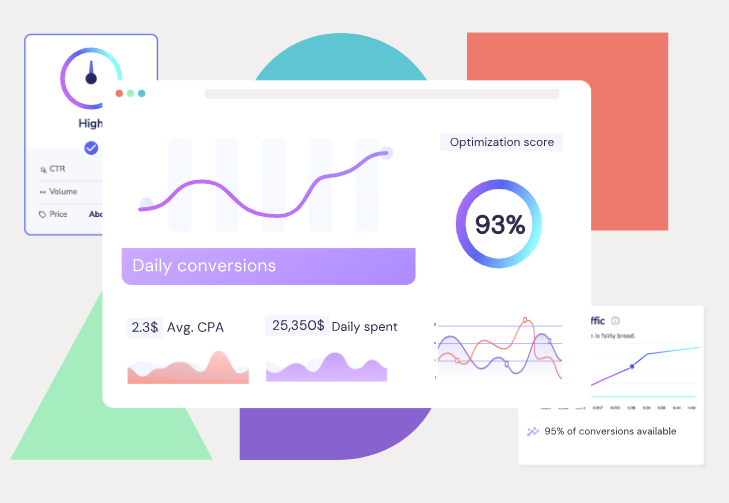
Whether it’s a flash sale or a special promotion, you’ll be the first to know! ⚡
Opt-in now and start enjoying the savings delivered directly to your device! 📲
Best Push Notification Examples
These are the top examples of push notification that can give a clear guidance of what actually it is.
1. Amazon – Abandoned Cart Reminder
- Example: Amazon sends push notifications to users who have added items to their cart but haven’t completed the purchase, reminding them of the items they left behind.
- Why it works:
- Personalization: The notification is personalized because it refers directly to the user’s abandoned cart, making it relevant.
- Specific Context: It mentions the exact items the user was about to purchase, providing clarity and helping users remember their intent.
- Timeliness: Amazon sends these notifications when the user is most likely to complete the purchase, using time-sensitive language to trigger action.
- Result: By reminding users of what they were planning to buy, these notifications can effectively push them to finalize the transaction.

2. H&M – Personalized Suggestions
- Example: After a user purchases an item from H&M, the brand sends a push notification suggesting accessories that could complement their recent purchase, such as a scarf for a jacket.
- Why it works:
- Personalized: The notification is directly related to the user’s previous purchase, making it feel like a personal shopping assistant.
- Contextual Relevance: By offering something that complements the user’s recent purchase, the notification feels less like a generic sale pitch and more like a helpful suggestion.
- Engagement: This type of notification encourages users to return to the app to browse more, increasing the likelihood of another purchase.
- Result: Users are more likely to take action because the suggestion aligns with their recent shopping activity, making the offer feel more curated.

3. Google – Appointment and Map Reminder
- Example: Google sends a push notification that not only reminds users about an upcoming appointment but also provides the user with traffic data from Google Maps, advising when to leave to get there on time.
- Why it works:
- Multi-App Integration: The notification leverages data from multiple Google apps (Calendar and Maps), enhancing the user’s experience without them needing to open those apps.
- Relevance: The timing of the notification is based on real-time traffic data, making it very useful and actionable for the user.
- Personalization: It is personalized to the user’s calendar and location, making the notification relevant to their current needs.
- Result: The notification helps users stay on schedule, which not only improves their experience but also keeps them engaged with Google’s ecosystem.

4. The Bump – Pregnancy App Update
- Example: The Bump sends a notification to a user who is expecting a child, providing a personalized update about their pregnancy stage with a link to explore more in the app.
- Why it works:
- Personalized and Contextual: The notification is tailored to the user’s pregnancy journey, making it highly relevant to their life stage.
- Engagement: It encourages users to interact with the app regularly by providing valuable information that keeps them connected.
- Non-Transactional: Unlike commercial push notifications, this one aims to engage users by sharing helpful content, which keeps the app from feeling like a sales tool.
- Result: By providing useful updates, the app stays relevant during the limited window of usefulness and keeps users engaged with the content.
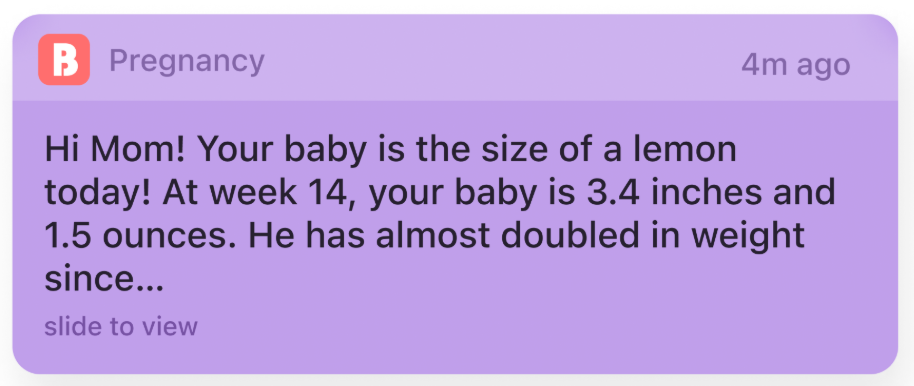
5. Headspace – Daily Meditation Reminder
- Example: Headspace sends a push notification every day, gently reminding users to meditate. The notifications often include witty insights to encourage users to reflect on their emotions, thoughts, and mental health.
- Why it works:
- Timely and Regular: These notifications are sent daily, creating a routine that encourages continuous engagement.
- Mental Health Focus: The content provides emotional value, making it more likely users will engage with the app for their own mental well-being.
- Witty and Engaging: The notification’s tone is light-hearted and friendly, which resonates with users and makes them feel more at ease.
- Result: By offering mental health tips and encouragement, the app keeps users coming back and strengthens their relationship with the brand.
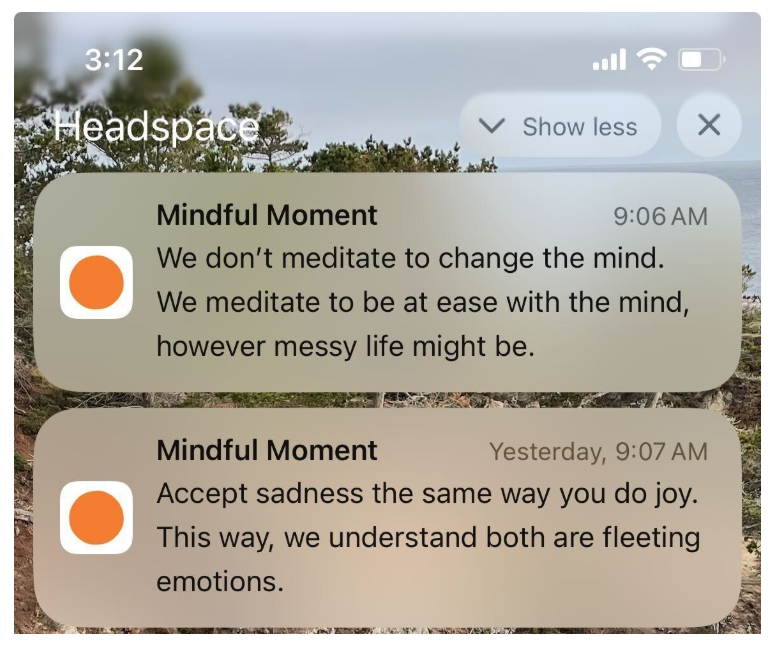
6. Kaiser Permanente – Sign-In Reminder
- Example: Kaiser Permanente sends a push notification reminding users that they will be signed out of the app due to inactivity, encouraging them to stay logged in and return to the app for medical services.
- Why it works:
- Security Reminder: The push notification serves a dual purpose: it helps keep the user’s account secure while also encouraging more engagement with the app.
- Encouraging Action: Instead of simply alerting users about the sign-out, the notification nudges them to log back in and engage with the app’s services, such as booking appointments.
- User Retention: This type of notification helps with user retention by reminding them of the benefits of staying logged in and actively using the app.
- Result: Users are more likely to return to the app and use its services, which enhances both security and user engagement.
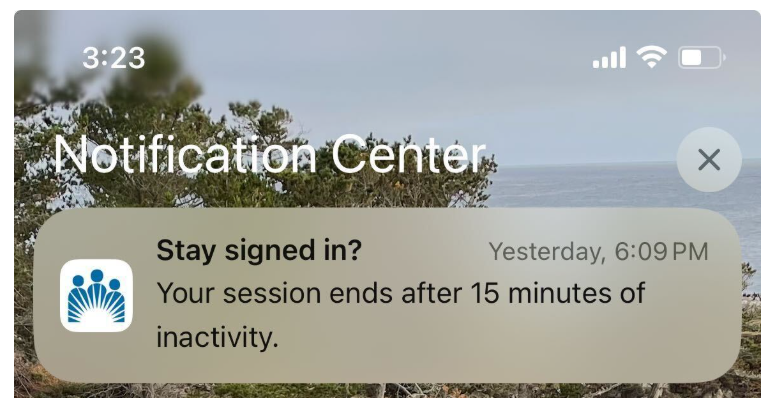
7. Airbnb – Booking Reminder
- Example: Airbnb sends a notification reminding users about a property they were looking at, with a subtle nudge to book soon because the property is likely to fill up quickly.
- Why it works:
- Urgency: It uses urgency by reminding users that the property is likely to get booked soon, which pushes users to act before missing out.
- Behavior-Based: The notification is based on the user’s previous activity, making it highly relevant and timely.
- Incentivized Action: By creating a sense of limited availability, the notification encourages users to finalize their booking.
- Result: This type of push notification motivates users to book before missing out, leading to higher conversions.
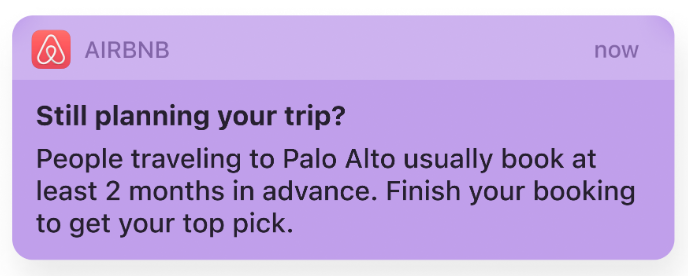
Types of Push Notification
Here’s a more detailed breakdown of different types of push notifications:
1. Transactional Notifications
These notifications are directly related to actions the user has taken within an app, such as purchasing an item, making a reservation, or confirming an action. These messages provide confirmation or follow-up information to the user, ensuring they are updated about the status of their activity.
Examples:
- “Your payment has been successfully processed!”
- “Your booking for the movie show at 7 PM has been confirmed.”
- “Password reset successful. You can now log in with your new password.”
Why It Works: Transactional push notifications build trust by keeping the user informed about the status of their activities. They provide valuable information and reduce any potential confusion or anxiety regarding the actions taken.
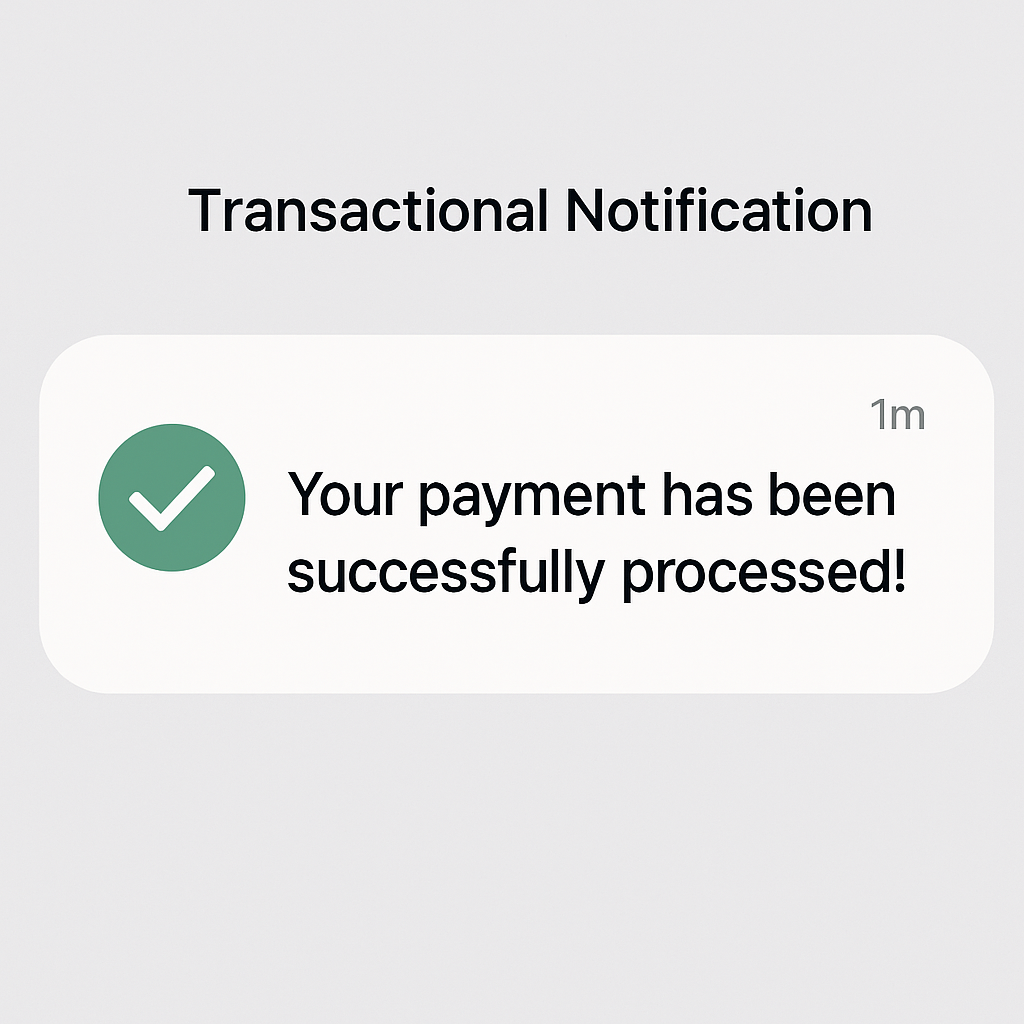
2. Promotional Notifications
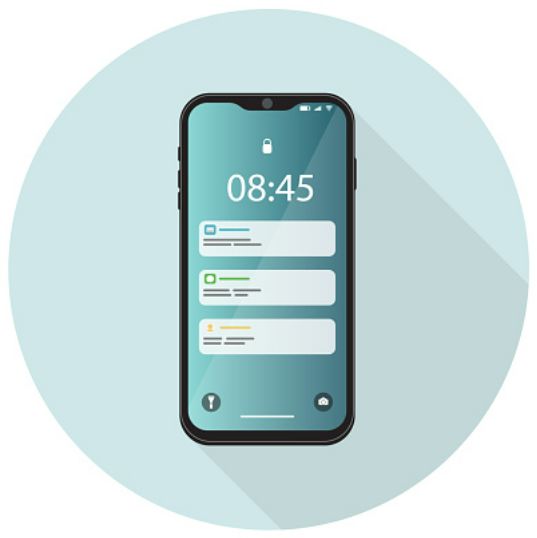
Promotional push notifications are designed to increase sales, promote new offers, or encourage users to take advantage of limited-time deals. These notifications often contain a strong call-to-action (CTA) to drive users toward making a purchase or engaging with an offer.
Examples:
- “20% off on all summer clothing – Only for the next 24 hours!”
- “New arrivals! Shop the latest styles at unbeatable prices.”
- “Limited Time Offer! Get a free gift with every purchase over $50.”
Why It Works: These notifications drive urgency and excitement by offering special deals, ensuring users are motivated to take immediate action.
3. Behavioral Notifications
Behavioral push notifications are triggered by specific actions a user takes within the app, such as browsing products, viewing content, or abandoning an item in the cart.
Examples:
- “You left an item in your cart! Complete your purchase and get 10% off.”
- “We noticed you liked this article. Here’s more content you might enjoy.”
- “You’ve been browsing for a new laptop. Check out the latest models now!”
Why It Works: Personalization based on user behavior increases the relevance of the message.
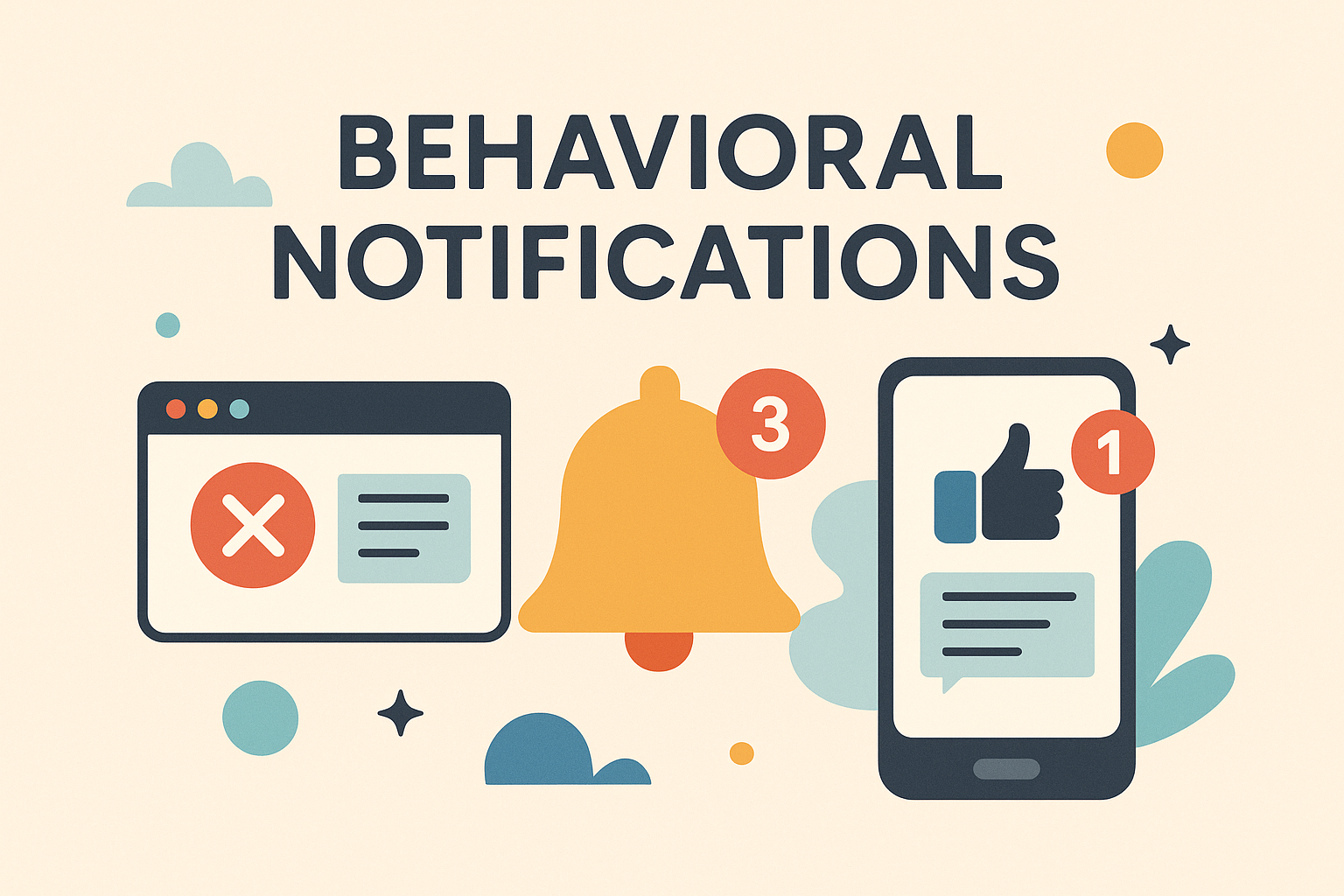
4. Reminder Notifications
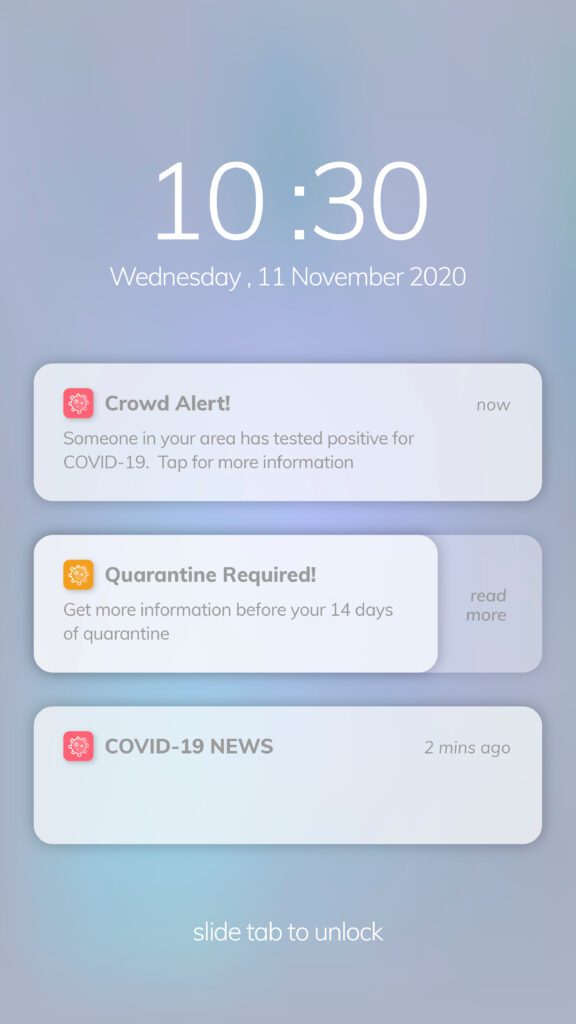
Reminder push notifications are meant to prompt users to take action on an upcoming event, deadline, or task. They are often used for time-sensitive activities, like appointments, subscriptions, or pending tasks that require the user’s attention.
Examples:
- “Your bill is due in 2 days. Don’t forget to make a payment!”
- “Your meeting with John is in 30 minutes. Get ready!”
- “You have an unfinished task. Click here to complete it.”
Why It Works: These notifications help users stay on top of important activities and deadlines, preventing them from forgetting crucial tasks. They create a sense of urgency and importance.
5. Location-Based Notifications
Location-based push notifications are sent to users when they are in proximity to a specific location or geo-fenced area. These notifications are often used by businesses with physical stores to encourage foot traffic or offer local deals.
Examples:
- “You’re just around the corner! Come in for a 10% discount on your next purchase.”
- “Welcome to our neighborhood! Here’s a coupon for 20% off your first order.”
- “You’re near our store! Don’t miss out on today’s flash sale.”
Why It Works: Location-based notifications are highly effective because they are relevant to the user’s immediate surroundings, making them feel more personalized and timely. These notifications can drive immediate action by encouraging users to visit or engage while they are close by.
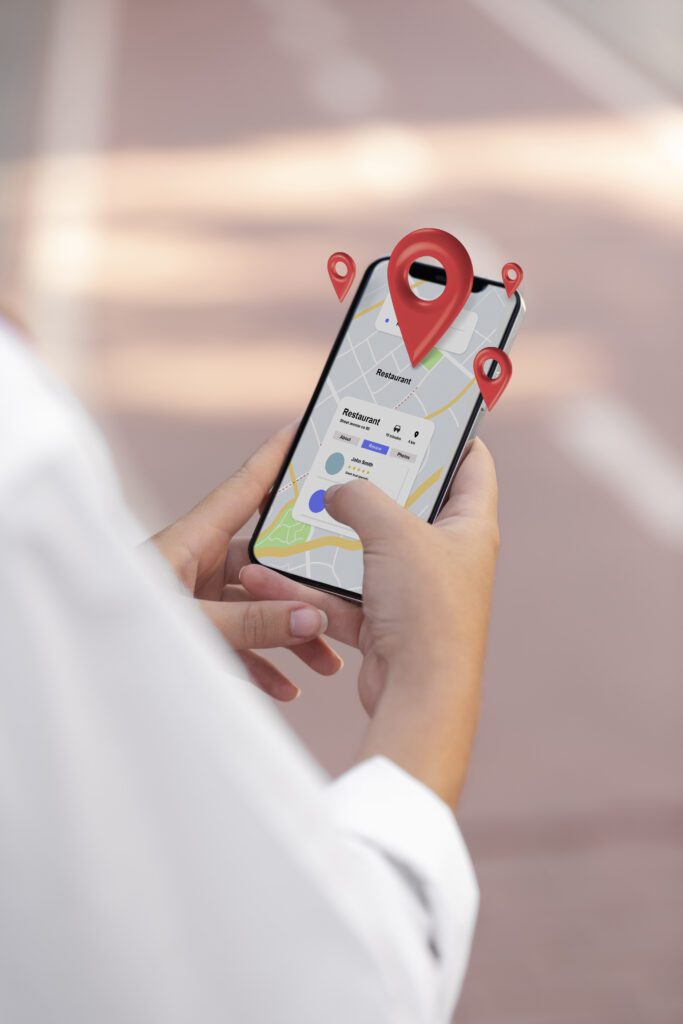
6. News/Updates Notifications
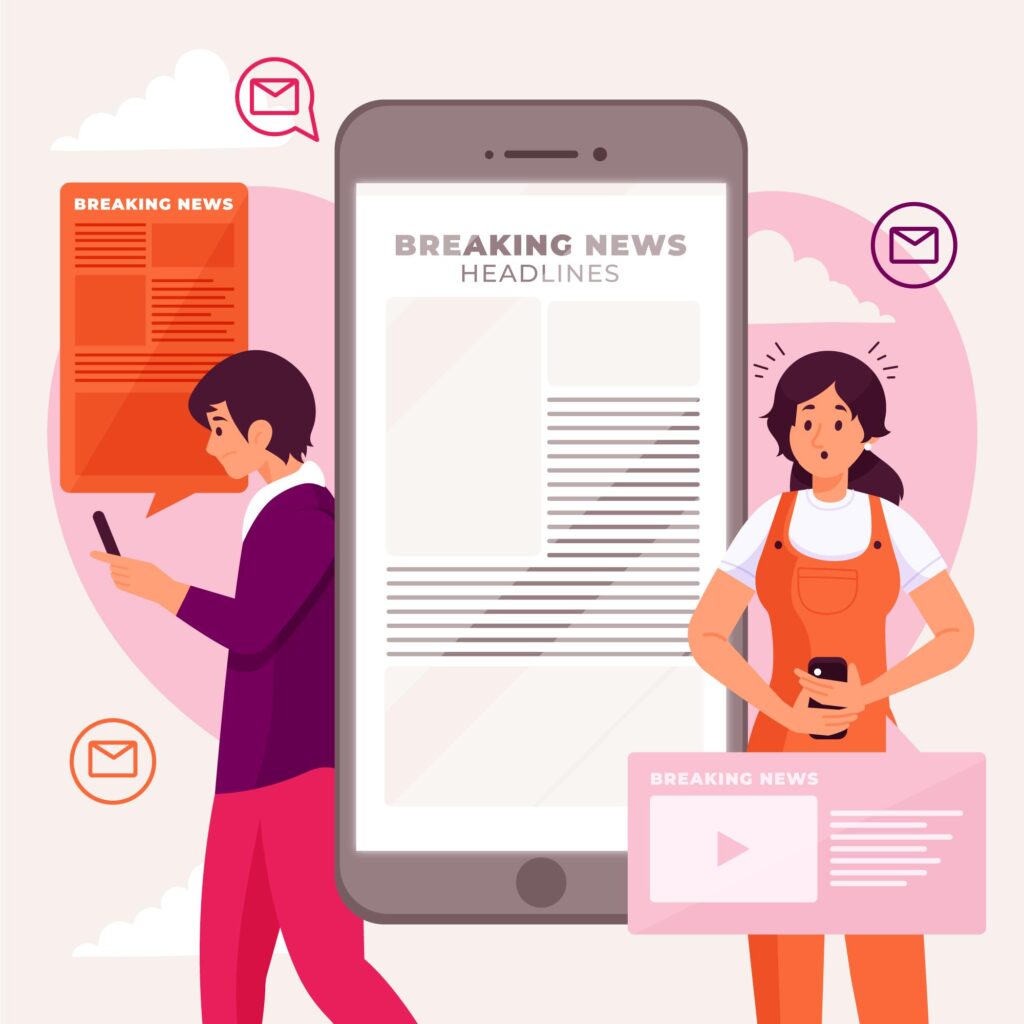
News or updates notifications keep users informed about new features, products, services, or important changes within the app. These notifications are commonly used for app updates, product launches, and company news.
Examples:
- “Version 2.0 of our app is now available! Check out new features and improvements.”
- “Exciting news! Our new product range has arrived – Browse now!”
- “We’ve updated our privacy policy. Read the new terms.”
Why It Works: News and updates notifications keep users engaged and informed about the latest changes or additions to an app. It ensures they stay in the loop about updates that may impact their experience.
7. Social Notifications
Social push notifications alert users to social interactions such as messages, new followers, comments, or mentions in their posts. These are commonly seen in social media platforms or community apps.
Examples:
- “You have a new comment on your post!”
- “You’ve gained 10 new followers today.”
- “Someone mentioned you in a comment – Check it out!”
Why It Works: Social notifications create a sense of connection and interaction, prompting users to engage with the app to maintain their social presence or respond to activity.
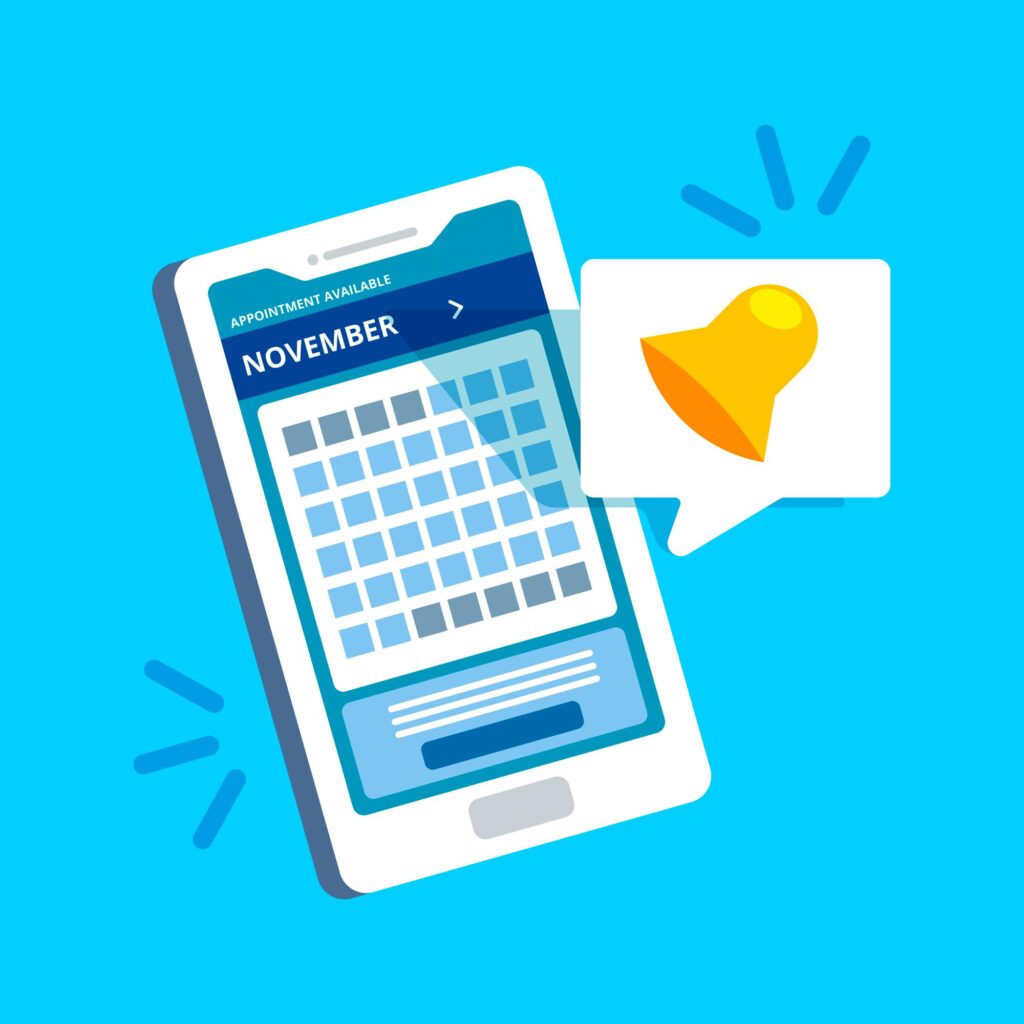
8. Engagement Notifications
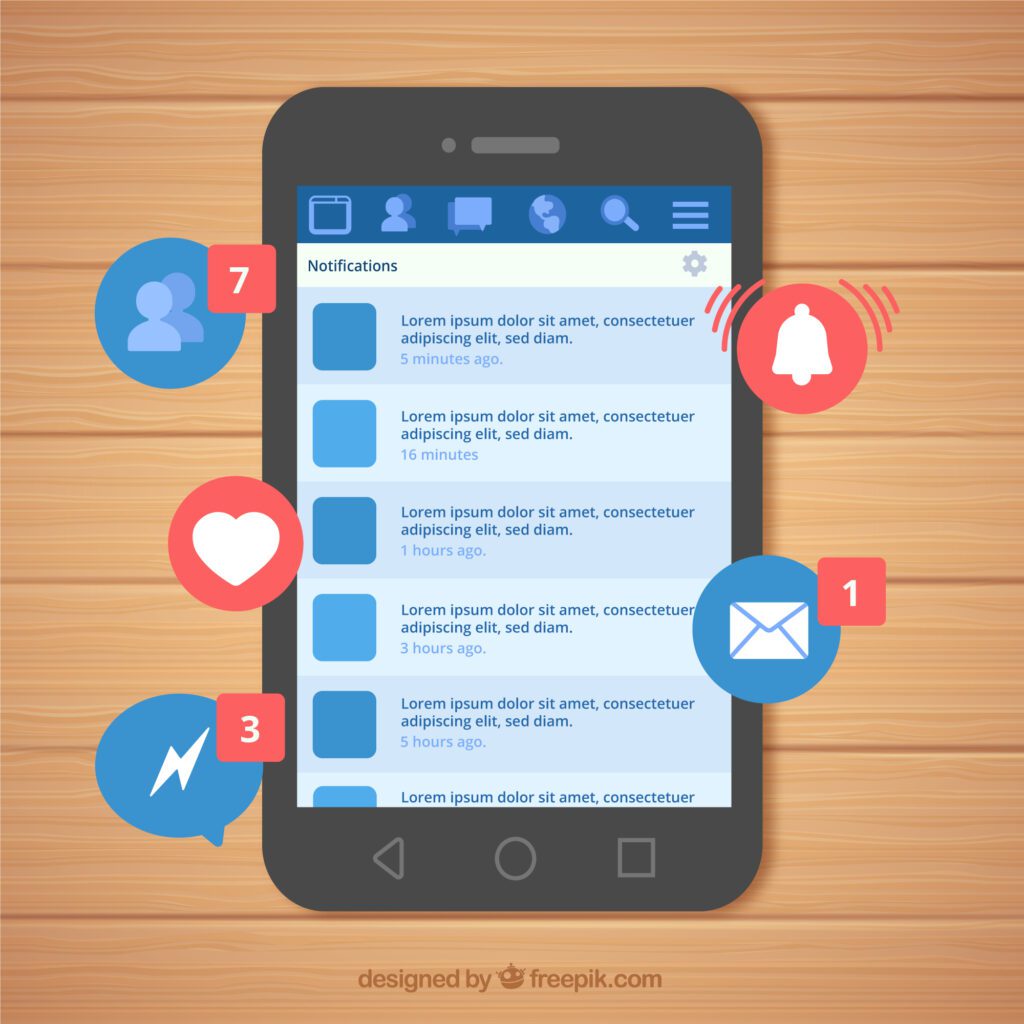
These notifications are designed to encourage users to continue interacting with the app. They can prompt users to complete a task, interact with content, or achieve a milestone. These notifications often feature gamified elements like rewards or progress tracking.
Examples:
- “You’re just one step away from completing your profile! Finish it for a special reward.”
- “Congrats! You’ve earned a badge for completing this challenge.”
- “You’re almost at level 10! Keep going to unlock new rewards.”
Why It Works: Engagement notifications keep users motivated by celebrating their progress and encouraging them to take further action. They also create a sense of achievement, fostering loyalty and regular interaction.
Why is it Important Part Of Any Business?
Push notifications are crucial for businesses because they offer a direct and efficient way to engage customers, drive conversions, and enhance user experience. Here’s why they are so important:
1. Instant and Direct Communication
- Instant Alerts: Push notifications allow businesses to send real-time updates to users, whether it’s about sales, new products, or urgent information. This immediacy helps businesses connect with their audience instantly, ensuring they don’t miss out on important events or offers.
- High Visibility: Since push notifications appear directly on a user’s device (even when the app is not open), they have a higher chance of being seen compared to email or SMS.
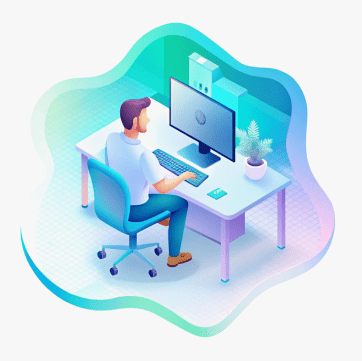
2. Personalization
- Tailored Messaging: Push notifications can be highly personalized based on user behavior, preferences, and actions within an app or website. This ensures that the message resonates with the individual, increasing the likelihood of engagement.
- Targeted Campaigns: Businesses can send personalized recommendations, reminders, or updates that are relevant to each user, leading to better engagement and higher conversion rates.
3. User Retention and Engagement
- Reminders and Engagement: Push notifications can help businesses stay at the forefront of a user’s mind. For example, an abandoned cart reminder or a product update can encourage users to return to the app or website and complete a transaction.
- Increasing Engagement: By sending regular, relevant updates, businesses keep users engaged with their app or website, leading to better retention and more frequent usage.
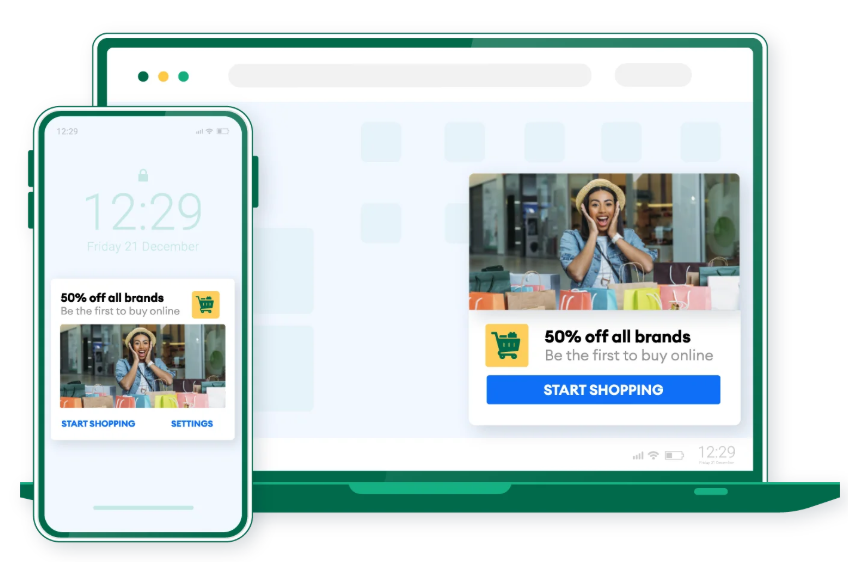
4. Boosts Sales and Conversions
- Promotions and Offers: Businesses can use push notifications to inform users about special offers, discounts, and new products. This can encourage users to take immediate action, such as making a purchase, which boosts sales.
- Time-Sensitive Offers: By sending notifications about limited-time offers, businesses can create a sense of urgency, prompting users to make quick decisions.
5. Cost-Effective Marketing
- No Extra Cost: Compared to other forms of digital marketing (like email marketing or paid ads), push notifications are cost-effective and don’t require a significant budget. This makes them an attractive option for businesses looking to engage users without high costs.
- Increased ROI: Due to their high engagement rates and direct connection to the user, push notifications typically have a high return on investment (ROI).
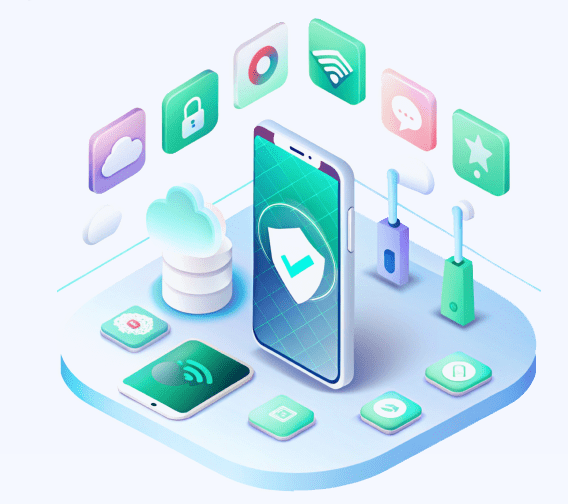
6. Improved Customer Experience
- Real-Time Updates: Push notifications provide users with timely information about their orders, appointments, or any other relevant service. This enhances the overall customer experience by keeping them informed and engaged.
- Non-Intrusive: Push notifications can be set to be non-intrusive, allowing users to choose when to receive them, making them a more user-friendly form of communication.
7. Analytics and Insights
- Data-Driven Decisions: Push notifications come with built-in analytics, helping businesses track open rates, click-through rates, and user engagement. This data allows businesses to refine their strategies and improve the effectiveness of future campaigns.
- A/B Testing: With push notifications, businesses can test different messages, designs, and delivery times to see what works best, allowing for continuous improvement.
Conclusion
Push notifications are a powerful, cost-effective tool for businesses to engage users in real-time.

They provide personalized, timely messages that drive conversions, enhance user experience, and improve retention.
By keeping users informed and prompting immediate action, push notifications help businesses stay connected with their audience and boost overall success.
Frequently Asked Questions
1. How do push notifications work?
They send messages to users’ devices, even when the app is closed, once users opt-in.
2. What devices can receive push notifications?
Mobile devices (iOS, Android), desktops, and smartwatches.
3. Can users opt-out?
Yes, users can disable notifications in app or device settings.
4. Are push notifications free?
They’re generally free, but third-party services may have costs.
5. How do they improve engagement?
They deliver timely, relevant content that prompts user action and keeps them engaged.
